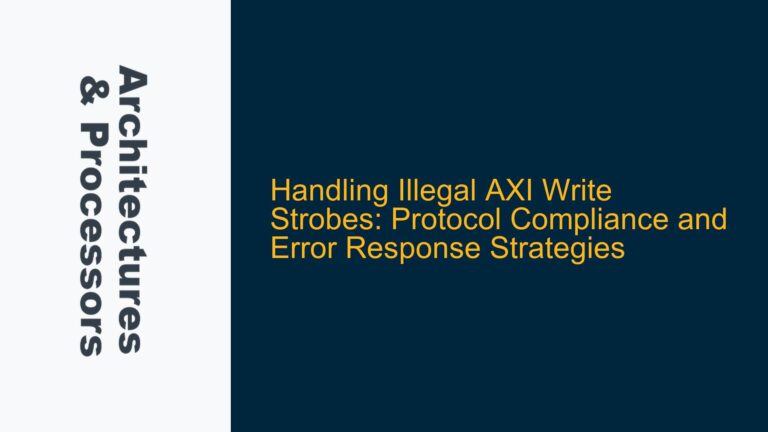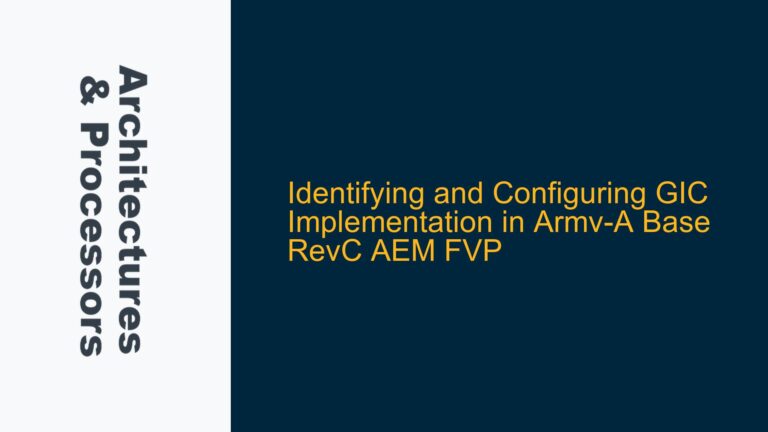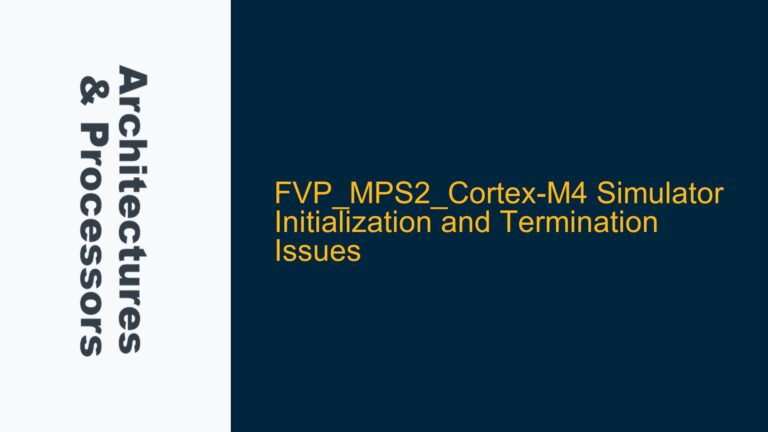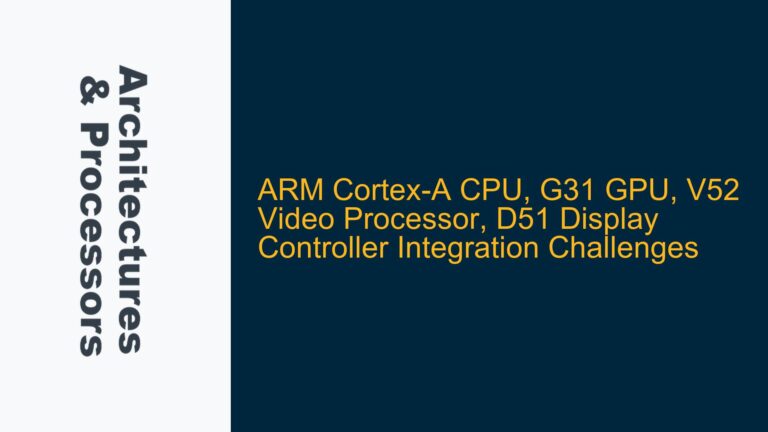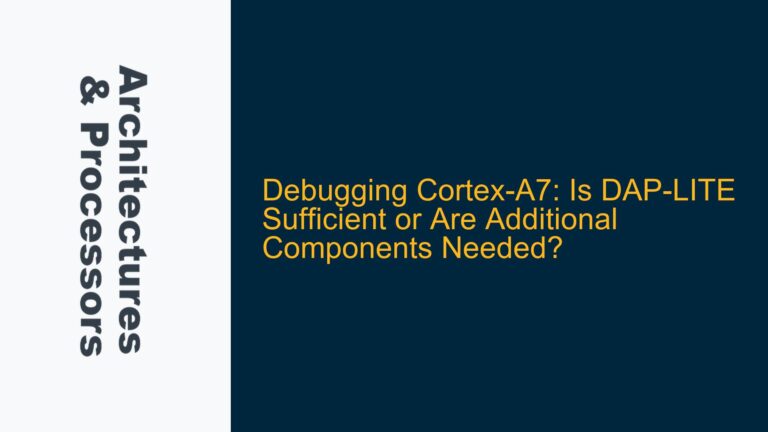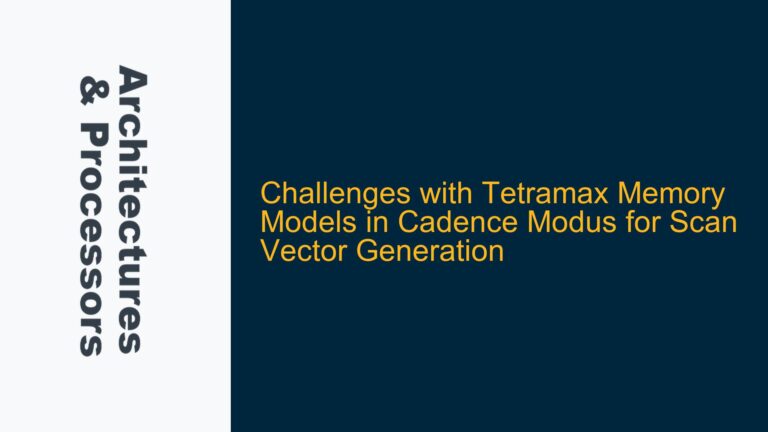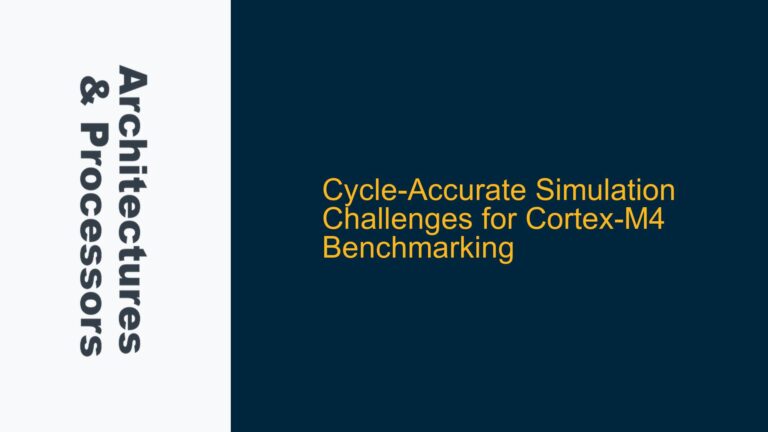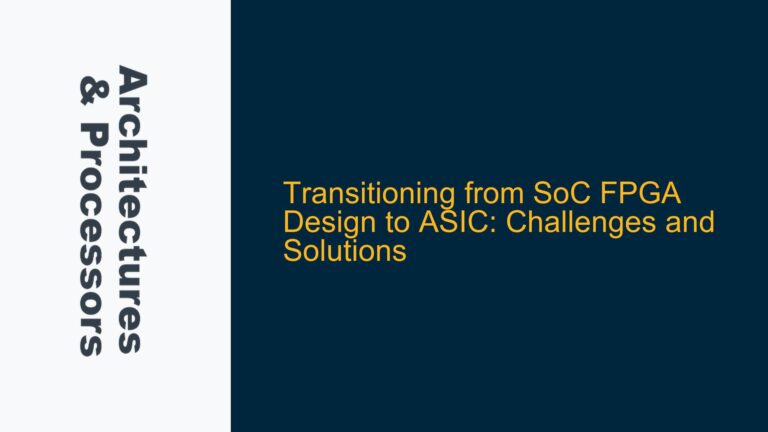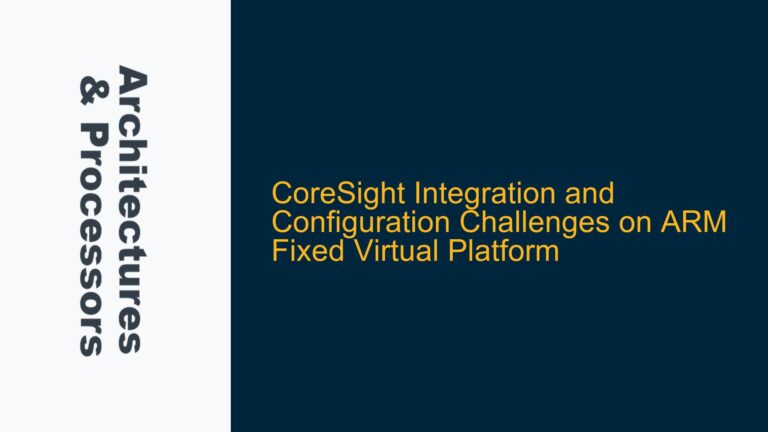Handling Illegal AXI Write Strobes: Protocol Compliance and Error Response Strategies
AXI Slave Behavior with Illegal Write Strobes: Protocol Ambiguity and System Impact The Advanced eXtensible Interface (AXI) protocol, widely used in ARM-based SoCs, defines a robust framework for high-performance on-chip communication. However, the protocol does not explicitly mandate how an AXI slave should handle illegal write strobes (WSTRB). This ambiguity can lead to inconsistent behavior…
